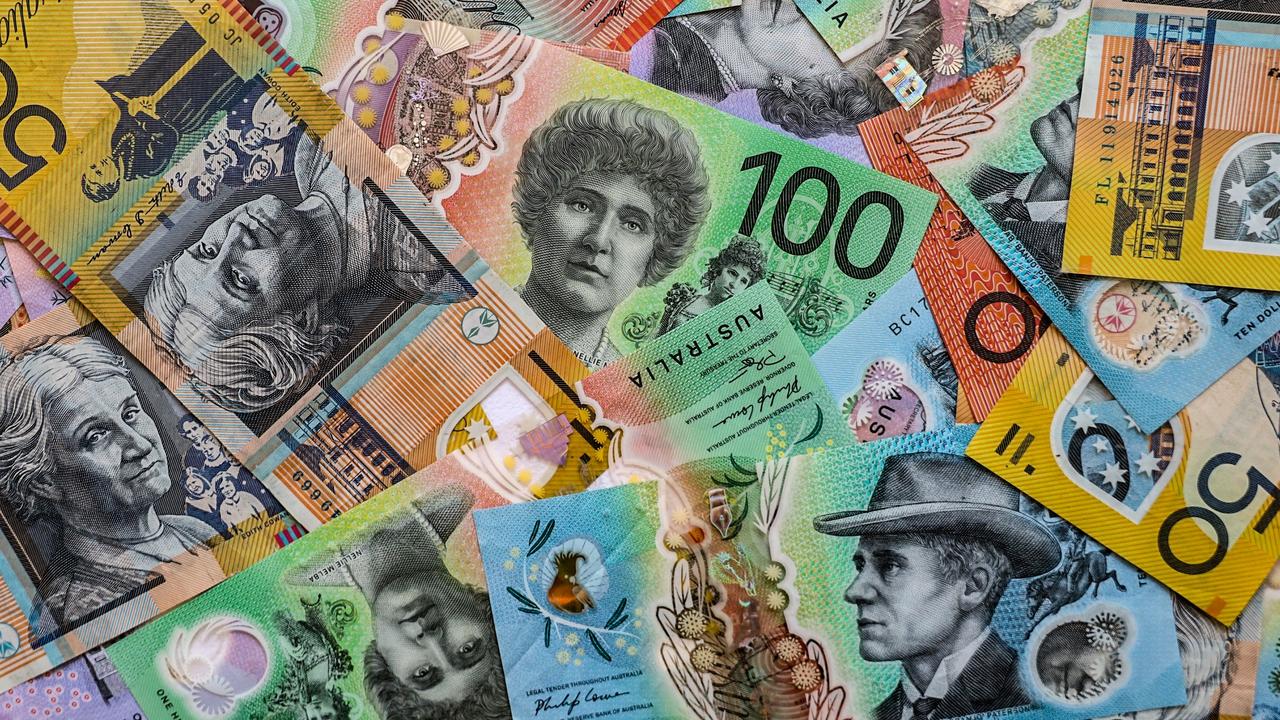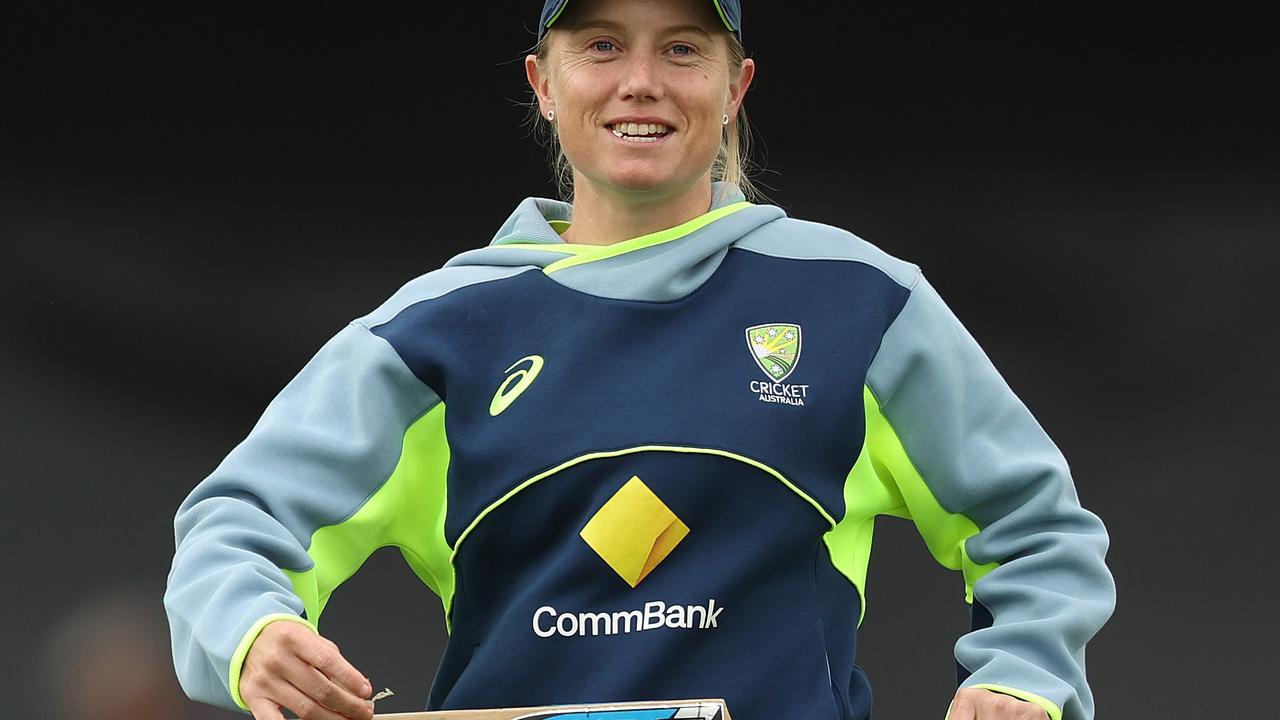Most Sydney beaches reopen after another round of mysterious balls wash ashore
After beachgoers ignored warnings of ‘polluted water’, council workers have cleaned up and reopened most affected beaches in northern Sydney.
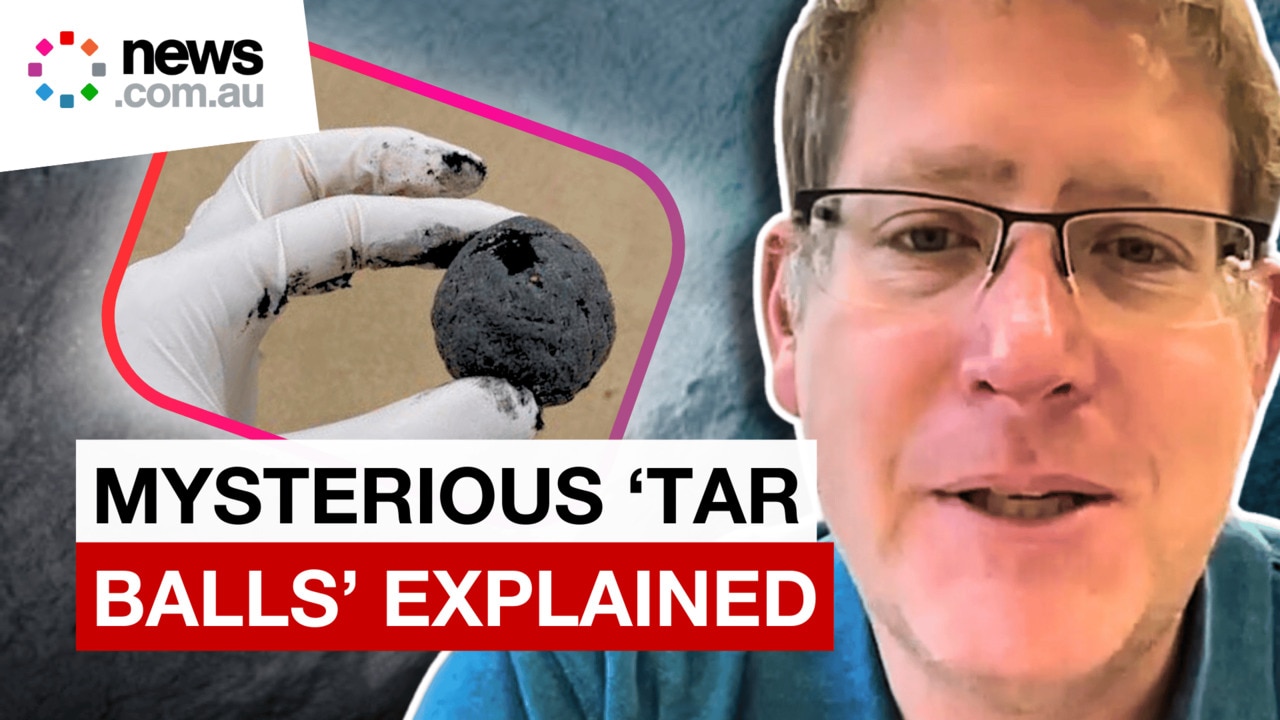
Workers have cleaned up and reopened seven of nine northern Sydney beaches after mysterious balls washed ashore.
In an update on Wednesday morning, the Northern Beaches Council says all beaches except South Curl Curl and Dee Why are now open.
Workers are still cleaning South Curl Curl and Dee Why.
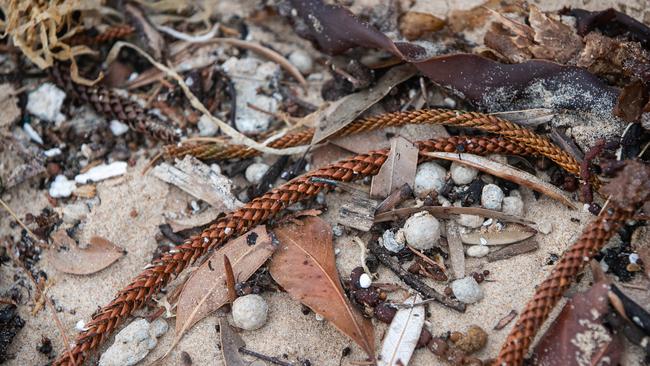
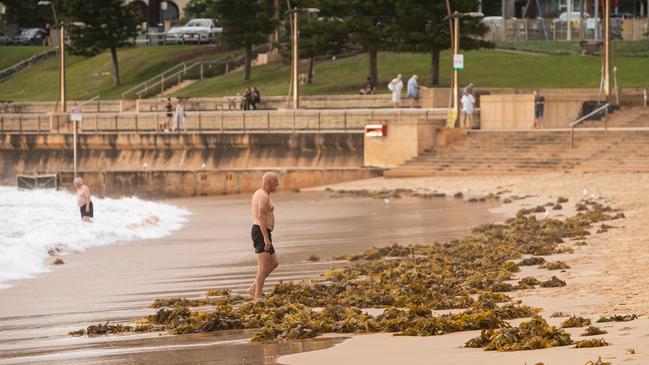
Efforts from council staff mean Manly, Long Reef, Queenscliff, Freshwater, North Curl Curl, North Steyne and North Narrabeen beaches are open for business.
Clean up efforts have been assisted by Environment Protection Agency staff who have been taking samples for testing.
Speaking on 2GB on Wednesday, UNSW chemistry expert Alex Donald said whatever was in the spheres was not safe to touch.
“They smell horrible, they probably contain plenty of toxic chemicals and I would not be handling them with your bare hands, or breathing it in or smelling anything that’s coming out of them,” Professor Donald said.
He said he believed the council made the correct decision to close the beaches.

While it was widely reported a similar incident in October had brought larger, black balls onto Sydney shores, in that wave there were in fact smaller, grey balls similar to this incident, he said.
“When we analysed those, they contained fatty acids, the sort of molecules that are associated with spent cooking oil and soap scum,” the Professor said.
“And we picked up a whole bunch of other, like, just fatty oily greasy molecules, that we liken to mini ‘fatbergs’, likely from sewage waste.”
Beachgoers ignored “beach closed” and “polluted water” signs at the northern beaches on Tuesday, lounging on the sand and swimming despite the warning.
The balls are described as marble-sized, and a white or grey colour.
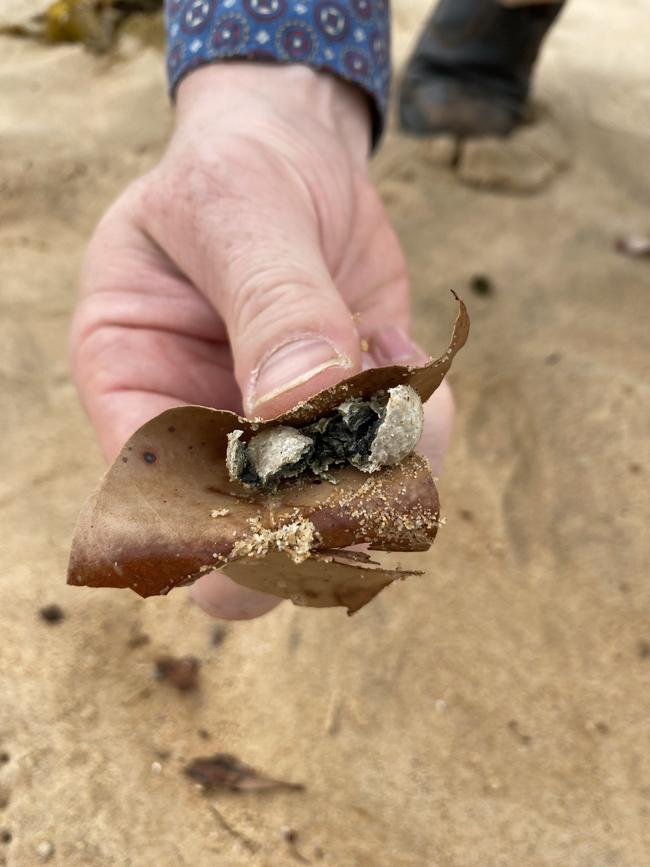

The council expects some preliminary testing results late on Wednesday, while the EPA investigates the potential source.
These new balls are small and get covered in sand easily, making clean up laborious.
“No one really knows where they are coming from,” Northern Beaches Mayor Sue Heins told the ABC.
They are mostly smaller and lighter in colour than the globules which washed onto eastern Sydney beaches last year.
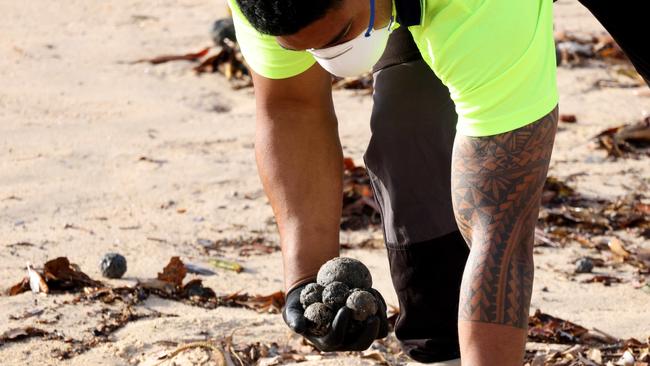
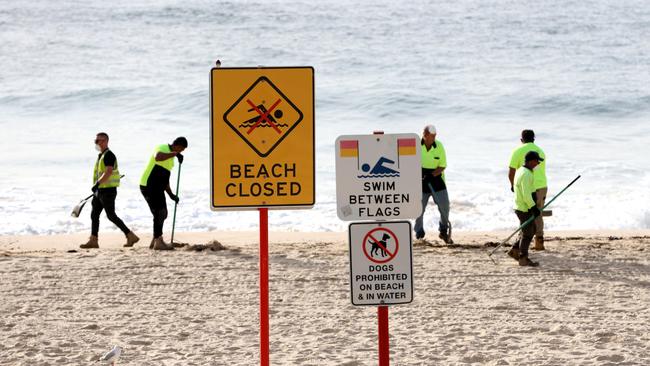
In October last year, spherical debris began washing up on Bondi and Coogee beaches.
Tests eventually showed the balls were a mixture of cooking oil, soap scum, faeces and recreational drugs.
The EPA concluded a source of these larger, darker balls could not be identified.
Those clumps, described by a UNSW chemistry professor as “disgusting”, technically consisted of fatty acids and petroleum hydrocarbons.
The EPA said the source and exact cause of the balls could not be specified because “there was no source sample available for comparison”.
An offshore oil spill had been ruled out by experts, because there were no fossil fuels in the spheres. Ocean circulation experts argued the balls could have been caused by the illegal dumping of large vats of cooking oil into the sewerage system.


